Credit market regains momentum
By the end of the third quarter of 2025, the credit picture of the banking system appeared brighter than in the first quarters of the year. Loan growth recovered strongly, the credit market regained momentum while the bad debt ratio of the whole industry unexpectedly decreased slightly.
The credit recovery has been a driving force for the bad debt ratio to decline, reflecting the efforts of banks to handle outstanding debts and the effectiveness of measures to recover and restructure loan portfolios. This development is in complete contrast to previous concerns about the possibility of bad debt "bloating" at the end of the year when market pressure is still piling up.
According to statistics from the third quarter financial reports of listed banks, the total bad debt of 28 banks is more than VND274,377 billion, up 19% compared to the beginning of the year. This figure can be noticeable if separated from the context of the strong increase in credit in the whole system.
Market reports indicate that the second and third quarters marked a clear improvement, with outstanding debt increasing by 6.6% in the second quarter and continuing to increase by 4.6% in the third quarter, while the scale of bad debt only increased moderately, causing the industry-wide bad debt ratio to remain around 2%, lower than the 2.2% level of the first quarter.
According to analysts, bad debt across the industry decreased in the third quarter mainly due to credit recovery, real estate warming and debt collection activities being promoted by banks.
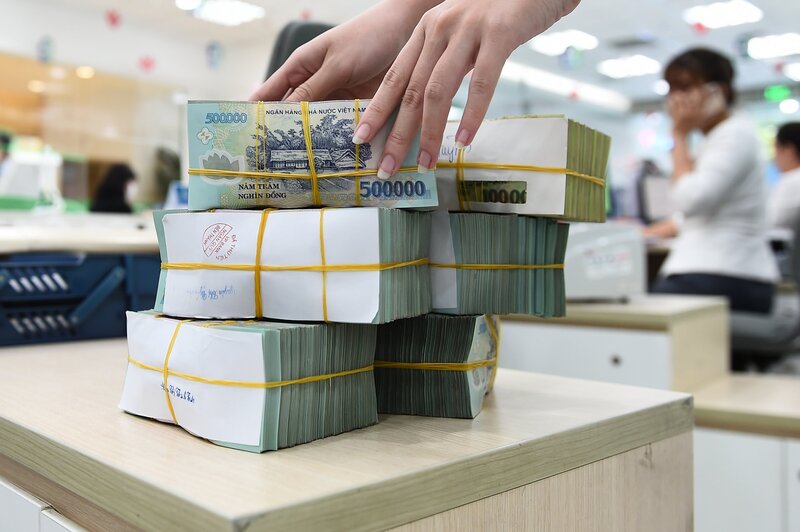
Total bad debt of 28 banks is more than 274,377 billion VND.
The credit movement is accompanied by a deep differentiation between banking groups. On the one hand, large banks and banking groups with good risk management capabilities have recorded a clear decrease in bad debt ratios.
VPBank is one of the units that has improved strongly when the consolidated bad debt ratio decreased to 2.98%, the parent bank to 2.23%. VietinBank decreased from 1.24% to 1.09%. Agribank reduced its on-balance sheet bad debt to 1.19%, down 0.39% compared to the beginning of the year. Techcombank maintained a positive trend when it decreased from 1.32% to 1.23%. ABBank decreased from 3.74% to 2.63%.
ACB moved closer to the lowest bad debt group when it reduced its bad debt ratio from 1.5% to 1.09%. Nam A Bank recorded a decrease from 2.85% to 2.53%. VIB also decreased by 0.23 percentage points to 2.45%.SHB kept its bad debt ratio below 2%. This is a group of banks that benefited greatly when credit recovered quickly and efforts to collect on-balance sheet debt were effective.
On the other hand, some banks are still under pressure regarding asset quality. MB increased its bad debt ratio from 1.62% to 1.87%; Vietcombank increased slightly from 0.96% to 1.03%; VietABank increased from 1.37% to 1.79%; PGBank increased sharply from 2.57% to 3.85%.
The analysis team of Dragon Viet Securities Joint Stock Company (VDSC) explained that for MB, the increase in bad debt in the third quarter of 2025 is only temporary, stemming from the difficulties of some customers in the renewable energy sector who are stuck in negotiating power purchase contracts with EVN and are expected to be resolved in the fourth quarter of 2025.
It is noteworthy that, although the scale of bad debt in the system is still increasing in absolute value, according to VDSC's assessment, "this development is not worrying" because the net bad debt formation continues to decrease compared to the previous quarter, to only about VND 28,000 billion, while the scale of risk handling of banks in the period is VND 21,000 billion, lower than the amount of newly formed bad debt.
Strong reserve increase, high coverage ratio creates a safe "shield"
By the end of the quarter, the total loan risk provisions of 28 listed banks reached about VND230,000 billion, an increase of 11.3% compared to the end of 2024. Many banks proactively increased their financial "buffers" to cope with macroeconomic uncertainties and fluctuations in the credit market.
The clear differentiation in provisioning shows that banks are actively improving asset quality. While Sacombank leads the group in increasing provisioning by up to 75.3% (>15,500 billion VND) to speed up debt settlement, some units such as ACB and VIB have reduced it thanks to their ability to recover debt and good control of bad debt. The important factor helping the bad debt ratio of the whole industry to decrease is that the 4 major banks maintain a bad debt coverage ratio of over 100%, affirming the solid financial foundation of the system.
According to VDSC's assessment, the total specific provisions of banks in the third quarter reached about VND34,000 billion, raising the bad debt coverage ratio of the whole industry to 96%, an improvement compared to the level of 91% in the second quarter of 2025.
According to a report by Yuanta Vietnam Securities Company, debt collection activities have significantly supported profits and this trend is expected to be maintained in the fourth quarter of 2025 thanks to a clearer legal corridor after Resolution 42 was codified, creating favorable conditions for handling collateral assets. Banks with large bad debt scales, especially off-balance sheet debt, will have more opportunities to increase income from debt handling activities.
The survey results of the Department of Forecasting, Statistics and Monetary and Financial Stabilization (State Bank) also showed that credit institutions have confidence in the ability to control bad debt. Banks forecast that the bad debt ratio will continue to decrease slightly in the third quarter of 2025 and expect a stronger decrease in the fourth quarter, completely opposite to the trend in the same period last year.
Many credit institutions have revised down their forecasts for the bad debt ratio by the end of 2025 compared to the previous survey, a signal that banks are confident in the recovery trajectory of credit quality.
Credit is forecast to continue to grow strongly from now until the end of the year, especially in manufacturing, services and real estate. The reduction in bad debt across the system in the third quarter is significant, showing that stability is gradually returning and banks are on the right track in consolidating their safety foundation. However, it is still necessary to closely monitor the asset quality of banks with increasing bad debt and high-risk sectors.
According to FiinRatings' estimates, the net bad debt write-off ratio of the total outstanding loans of the banking sector will reach about 1% by mid-2025, the highest level in the past 4 years, and even up to 1.5 - 2% in some banks. This shows that asset quality is "cleaned" partly by technical measures rather than real improvements in debt repayment cash flow.
Source: https://congthuong.vn/tin-dung-phuc-hoi-keo-ty-le-no-xau-giam-nhe-430433.html





![[Photo] Unique art of painting Tuong masks](https://vphoto.vietnam.vn/thumb/1200x675/vietnam/resource/IMAGE/2025/11/14/1763094089301_ndo_br_1-jpg.webp)

![[Photo] Unique architecture of the deepest metro station in France](https://vphoto.vietnam.vn/thumb/1200x675/vietnam/resource/IMAGE/2025/11/14/1763107592365_ga-sau-nhat-nuoc-phap-duy-1-6403-jpg.webp)


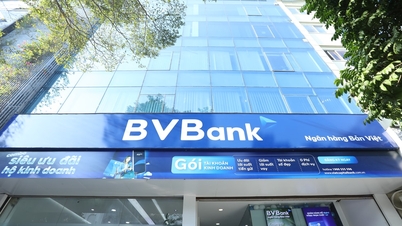

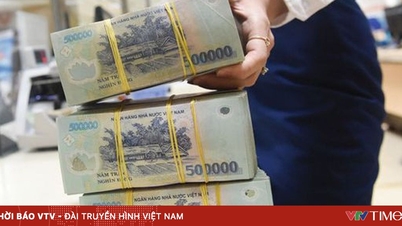






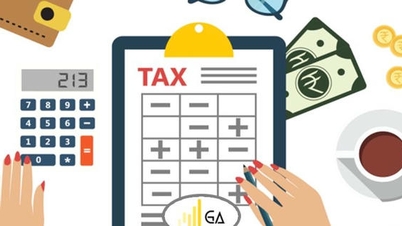



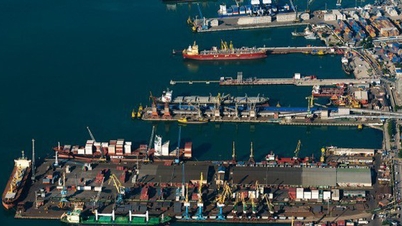


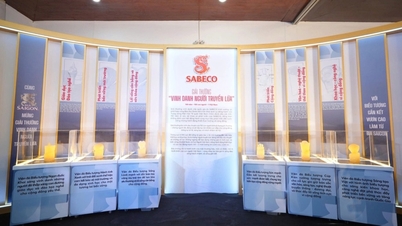











![[Photo] Special class in Tra Linh](https://vphoto.vietnam.vn/thumb/1200x675/vietnam/resource/IMAGE/2025/11/14/1763078485441_ndo_br_lop-hoc-7-jpg.webp)















































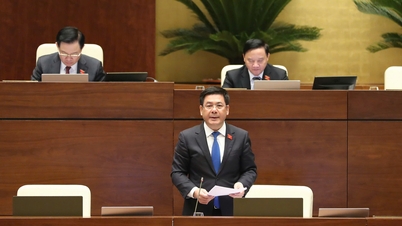







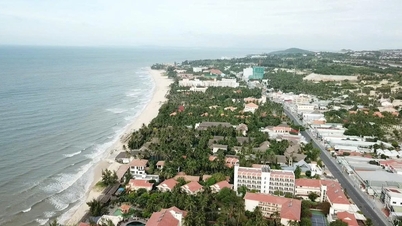















Comment (0)